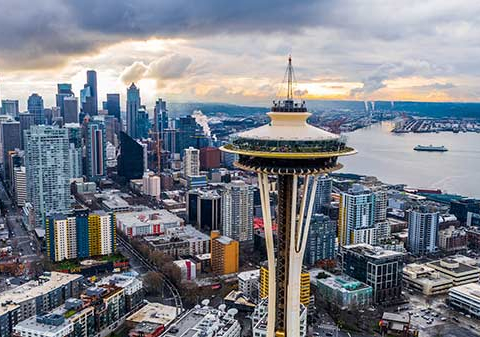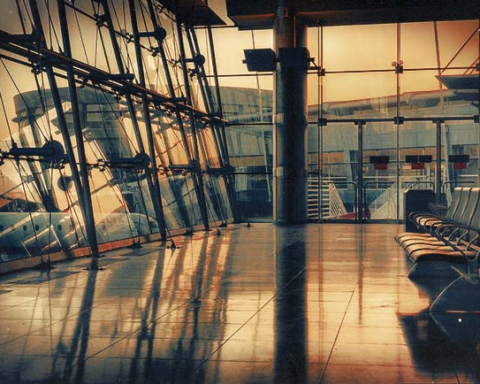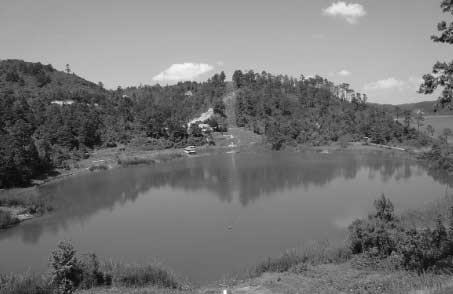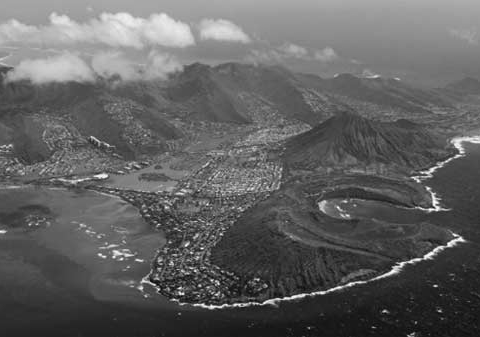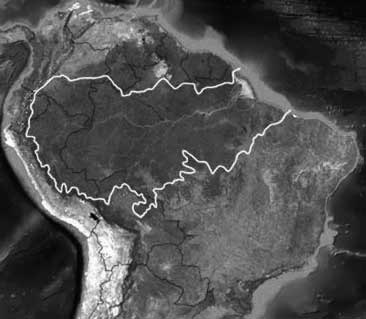
If you’re planning an adventurous trip into the Amazon basin of South America, then you might like some tips for traveling by dug-out canoe.
By that I don’t mean those larger motorized boats that are use to ferry tourists to their luxury eco-lodge, but a canoe that’s carved from a single tree, normally with an outboard, that the locals use to get around on the river. This is the sort of thing you might do if you arrange to stay in a local village a little off the tourist trail, such as Sarayaku, where I spent a few days in Ecuador. You may spend a few hours on this kind of canoe, going to your village base, or being taken to other villages or parts of the river to explore. Here are my tips for getting the most out of this kind of journey:
- Travel light
Even if you’re doing the grand tour of South America, you’ll need to leave some of your luggage behind at the offices or homes of the people who arrange your trip. The dug-out canoes can take an amazing amount of stuff when they’re packed, but even so, you’ll need to take as little as you need for that part of the trip. If you fly out of your village by light aircraft, you’ll have a strict limit on the weight of your luggage too – so leave that heavy rucksack behind. - Bring snacks to share
Before you head off, stock up in the local town or village on small snacks, such as dried fruit, biscuits and boiled sweets. If you’re in the canoe for a few hours, you may not get a chance to eat properly and it’s always much appreciated when you share what you have with your boatmen – I never knew them to refuse! When you’re feeling damp after a heavy shower, you might need a little sweetening. - Don’t drink too much water
It may sound obvious, but you’ll probably only get the occasional stop on a sand-bank every hour or so. The river bank is not always ideal for a quick stop, with mangroves and thick vegetation, and even then you’ll have to venture into the snake’s home territory for a bit of privacy. Obviously you don’t want to get dehydrated, but probably not the time to have that second cup of coffee before you leave. - Give away what you don’t need at the end
When I travel to these kind of places, I always try to take stuff with me that I’m happy to give away at the end of the trip. Any T-shirts, flip flops, and food that you don’t need to keep at the end of the trip will be appreciated by your boatmen or other locals, who will gift it around their extended family. Depending on what financial arrangement you made at the beginning, you may also want to give a tip to those who especially helped you. - Buy Wellies
Don’t leave for the rain forest without buying wellies at the nearest town. It’s what the well-dressed local will be wearing, and will be essential for jumping in and out of boats onto a muddy shore and for tramping around paths in the rain forest. I never used my walking boots in the rain forest. When you leave the area, just leave them behind for a local to use. - Buy a poncho
I hear you saying, ‘but I have this fantastic, expensive high tech rain jacket’. Ok, but still invest in a cheap poncho for boat trips like this. When the heavens open on you sitting in the canoe, you’ll find your legs and day sack are much better protected than with that expensive rain jacket. - Keep your day sack with you
Be aware that your backpack or luggage will be packed carefully in the bottom of the canoe, wrapped in plastic sheeting and you probably won’t be able to access it until your journey’s end. So make sure you have a day sack to keep with you with all the essentials of food, water, hat, poncho, camera etc that you’ll need on the journey. - Pack in lots of plastic bags
Obviously the rain forest is called that because …it rains….a lot. The air is humid and so you’ll need to protect everything, especially camera gear from steaming up or getting splashed in the canoe. A good supply of plastic bags and bin liners will do the trick. If you want to splash out (pardon the pun), you could invest in those roll-over top waterproof bags that come in all sizes – it’s probably worthwhile if you have lots of expensive camera gear. - Ask for life jackets
If you’re arranging your trip with an established company, then this will be taken care of, but if it’s a one-off that you’ve arrange locally you can’t assume that life jackets will be provided. Better to ask in advance, as even if they’re not to hand, the locals can usually find or borrow them from somewhere. When the river’s fast flowing after heavy rain, you’ll be glad to have that peace of mind. Rather than the balsa logs we were once given when they had no life jackets. - Get to know the locals
Above all, take some time to get to know the locals, your boatmen and their families. They are the guardians of the river and the rain forest and their knowledge and culture will enhance your travels – my memories of trying fried winged ants at breakfast and hearing the stories of the river turtles in the stars will stay with me for ever.

